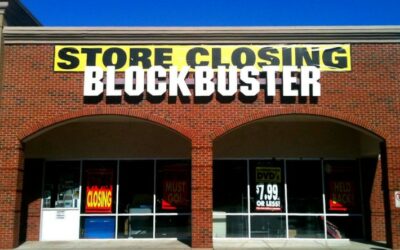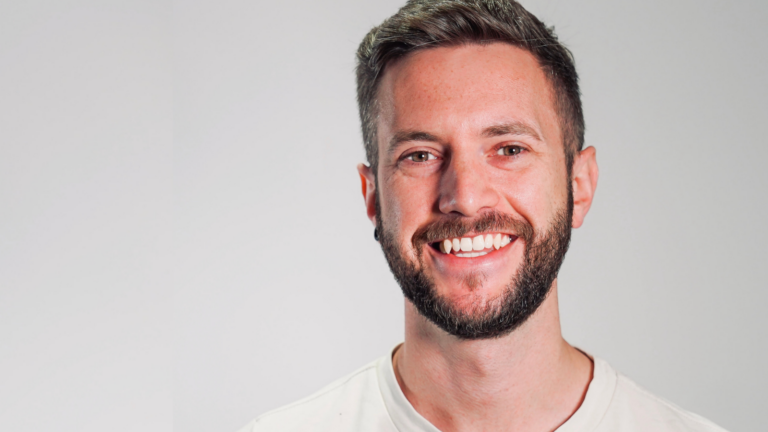Social Chain’s Head of Social Content, Stefan Evans, shares his thoughts on some of the major misconceptions regarding the use of video on social channels…
Every few months you hear of “the next best thing” in social media, and the flavour of the last few months is long-form video content. You can do your research and read up on several opinion pieces and still not come to a strong consensus as to whether you should be investing in longer video formats or not. With that in mind, I thought I’d share insight from my practical experience working with both long and short-form content with a number of brands, as well as challenge a few pre-conceptions around the topic along the way.
Preconception one: “People’s attention spans are getting shorter”
This phrase has been bandied about so often it’s become a cliché among marketers, presented with a visual of a goldfish for good measure. But what they’re actually saying here is that people are being bombarded with so much content and so many ads in 2019 compared to say five or ten years ago, that they simply can’t take everything in. As self-serve ads become more and more popular amongst SMEs, social media platforms are in a constant race to find more places within the ecosystem to squeeze in ad placements. The average quality of ads is therefore dropping and ad blindness is becoming a reality.
On the flip side, however, longer form content is flourishing in newly digitised spaces where traditional media (TV and Radio) once stood. Netflix is going from strength to strength, with Disney and NBC poised to launch their own streaming service later this year. In the world of audio, podcasts are becoming ever more popular and savvy brands such as PrettyLittleThing (Behind Closed Doors) and McDonald’s (The Sauce) are starting to realise their potential.
Preconception two: “The algorithm prioritises longer form content”
This one is very much true. Facebook makes no secret of the fact that they are bumping up longer video content in the news feed. As creator studio says explicitly: “videos at least three minutes long are shown to more people”. With Facebook Watch and IGTV being key products within the company’s road map, this makes perfect sense. Outside of the Facebook ecosystem, studies have shown that in camp Google, YouTube is incentivising the production of longer content. Though Google has made no official statement on the matter, 33% of total view time on the platform is long-form.
Preconception three: “But I’ve heard videos should be 10 seconds max”
This is another saying in the industry you will have heard countless times. A rare, unquestioned cornerstone of truth? Not exactly…
The reality is, very short snappy videos have never been the golden bullet. Yes, snackable content is a key tool in the user journey from a strategic perspective (ignite, engage, remind, etc.), but they should fall firmly at particular stages of said journey rather than across the whole. They’re essential for an event announcement, menu change or as engaging teasers for a larger piece of content for example.
Content purpose should be considered when planning a campaign and the format it is to be produced in. The very reason why people are willing to watch an entire season of a Netflix show within an afternoon or tune in to a podcast weekly is that they are being told a story, they’re being stimulated emotionally.
So with that in mind, work out the best way to tell your story and create a strategy that works around that. Put the horse before the cart.
This is what good marketers should aim to do, change the way people think and make them feel part of the journey. Long-form content could very well be the core driver of your message. Take, for example, a well-crafted branded podcast: the core content tells a story, relates to your audience on a deeper level and creates that meaningful connection. From the back of this falls a suite of social content.
Long-form video pulls out key narratives from the show (circa three to five minutes), whereas snackable content (circa 10 to 20 seconds) teases upcoming episodes and creates a sense of excitement in the buildup. The whole thing works hand in hand to drive listens and convert your audience into fans.











